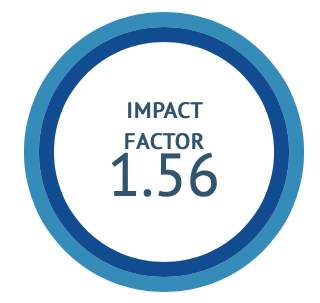Management of Amlapitta (Hyperacidity) with Patoladi kwath: A Case Study
DOI:
https://doi.org/10.47552/ijam.v14i1.3355Keywords:
Amlapitta, Ayurveda, Deepan, Pachan, Patoladi KwathAbstract
Amlapitta (Hyperacidity) is one of the gastrointestinal disorders. It is closely related with food habits, behavioral pattern & life style. It is not described in basic compendium of Ayurveda like Charak samhita, Sushruta samhita & Ashtang hridaya. Its detail description is available in Madhavnidan, Kashyap samhita, Yogratnakar etc. Consumption of etiological factors leads to provocation of tridoshas & causes Agnimandya. Vitiated Agni unable to digest the food properly & leads to fermentation of food. In Amlapitta (Hyperacidity) pachak pitta is increases in its quantity & its normal bitter taste (katu) gets converted to sour (amla) taste due to fermentation of food. Tikta-Katu rasatmak drugs are mainly used for treatment as they have Aampachan & Agnideepan properties. Patoladi Kwath was used for shaman chikitsa in present case. A 42 years male patient having chief complaints of Udar-uro daha (burning sensation in abdomen & chest region), Amlodgar (Sour belching), Aruchi (Anorexia), Hrillas (feeling of Nausea), Chardi (episodes of vomiting occasionally), Udarshula (Abdonimal pain), Klama (Fatigue) & Bhrama (Vertigo) was treated with Patoladi Kwath for 15 days. Follow-up of patient was taken after each 7 days. This Kwath (Decoction) is an excellent combination of pittashamak dravyas, performs functions like Agnideepana, pachana & helps to improve digestion. After 15 days treatment, symptoms like Udar-uro daha, Amlodgar, Hrillas, Chardi, Udarshula & Bhrama got complete relief while in symptoms like Aruchi & klama relief was 80% & 75% respectively. Overall percentage of relief was found to be 90%.
Downloads
Published
How to Cite
Issue
Section
License
Copyright (c) 2023 International Journal of Ayurvedic Medicine

This work is licensed under a Creative Commons Attribution 4.0 International License.
The author hereby transfers, assigns, or conveys all copyright ownership to the International Journal of Ayurvedic Medicine (IJAM). By this transfer, the article becomes the property of the IJAM and may not be published elsewhere without written permission from the IJAM.
This transfer of copyright also implies transfer of rights for printed, electronic, microfilm, and facsimile publication. No royalty or other monetary compensation will be received for transferring the copyright of the article to the IJAM.
The IJAM, in turn, grants each author the right to republish the article in any book for which he or she is the author or editor, without paying royalties to the IJAM, subject to the express conditions that (a) the author notify IJAM in advance in writing of this republication and (b) a credit line attributes the original publication to IJAM.




